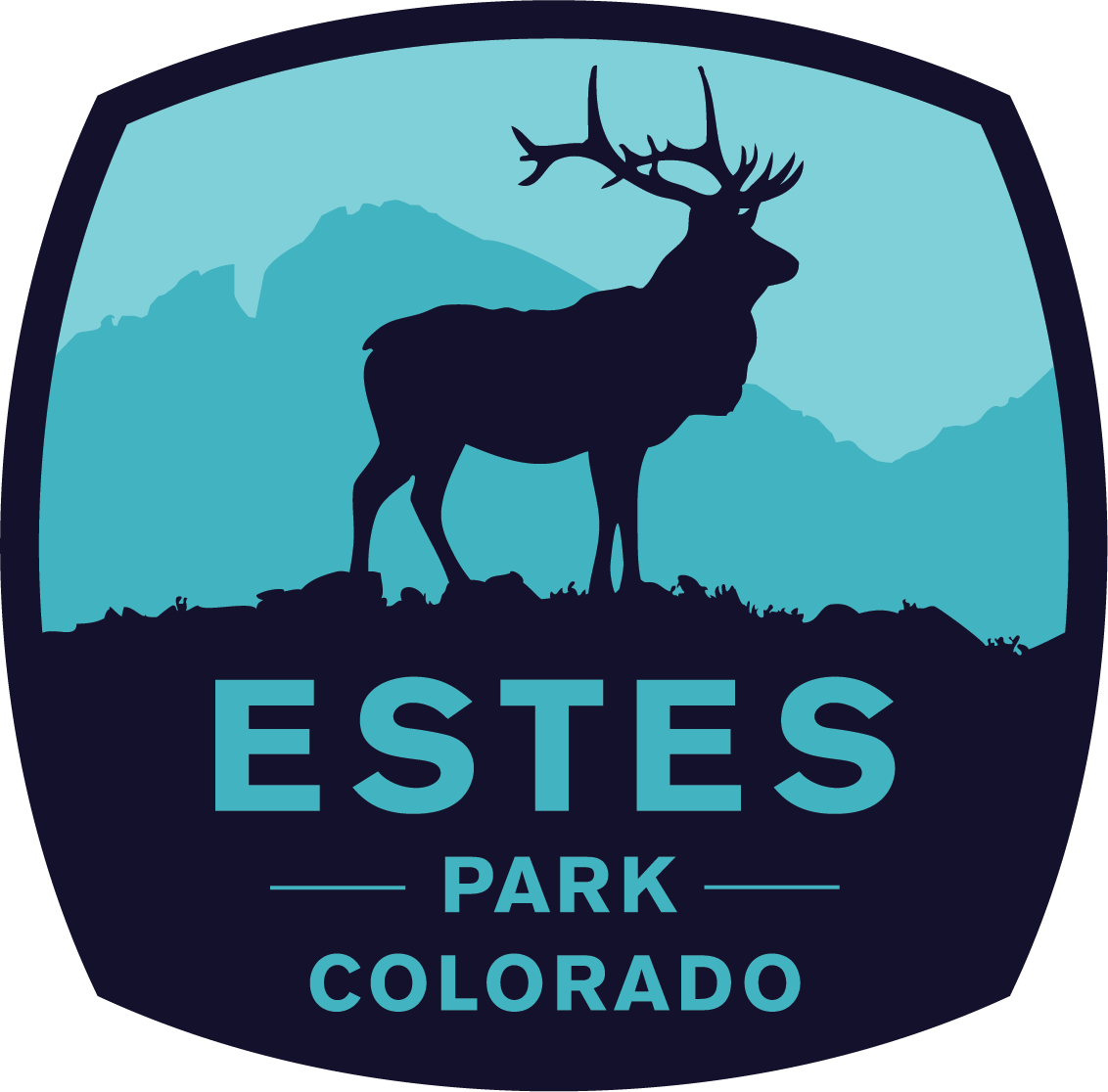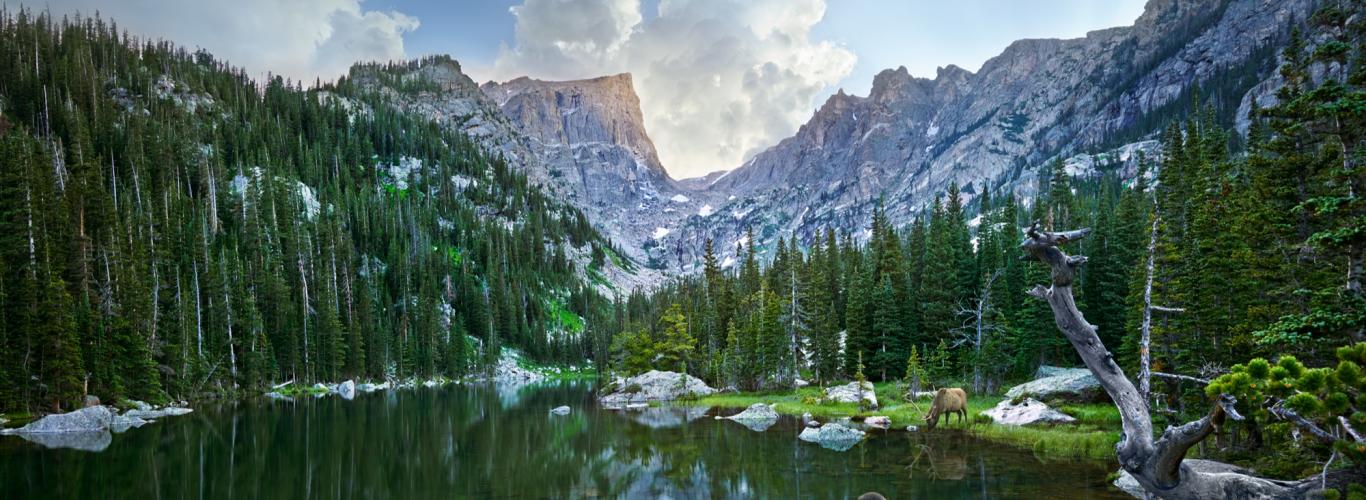A Stanley Hotel History: Part Three
Note: This is the third installment in a series that examines the history of owners of The Stanley Hotel as the property approaches a transition of ownership in Feb. 2024.

The Stanley Hotel in Estes Park is pictured in November of 2022. (The Stanley Hotel/Courtesy photo)
Interestingly, F.O. Stanley only owned The Stanley Hotel, the luxury property he opened in 1909, for less than two decades. He sold the hotel along with the power plant and all land holdings in Feb. 1926.
The transition to step away from his glorious property started shortly after the death of his partner, Burton D. Sanborn, who passed away in 1914. Stanley and Sanborn purchased land from Dunraven in 1908, which would be the location where The Stanley Hotel was built. Carl Sanborn, the son of Burton D. Sanborn, took over his father’s business affairs after his father’s death. In early 1917, the younger Burton signed over the land in whole to Stanley.
Another event that may have also had an impact on Stanley’s decision to start divesting his property in Estes Park was the death of his brother, F.E., in a car accident in 1918. As identical twins, they would have had a deep and intense bond, something represented in their lifelong partnership by not only family connection but business as well.
According to James H. Pickering in his book, “Mr. Stanley of Estes Park,” the County Clerk’s office in Fort Collins recorded 36 warranty deeds by Stanley between 1917 and 1926. He was divesting his property, turning his real estate holdings into cash to use for retirement. The Great Depression, which stretched from 1929 to 1939, also depleted much of Stanley’s wealth. Stanley continued to divest portions of his property right up to a few days before his death in 1940.
F.O. Stanley sells his namesake hotel
The sale of The Stanley Hotel first made headlines in a monthly report from Roger Toll, the superintendent of Rocky Mountain National Park, in Feb. 1926. The buyer was a group of investors from Milwaukee, with one of the group members, Fred Bond, being the son of Cornelius H. Bond, the man responsible for selling the original plots in downtown Estes Park. (Bond Park was named in C.H. Bond’s honor. Frank Bond, Fred’s older brother, would also go on to serve as Estes Park’s mayor in the 1930s.)

Cornelius H. Bond (Estes Park Trail-Gazette File Photo)
On May 18, 1926, with the transaction finalized, The Stanley Hotel, as well as the Fall River Hydroplant Plant and other real estate holdings, officially became the property of the newly formed Stanley Corporation through a mortgage of $800,000 held by Stanley.
Over the next couple of years, the new management made investments into the hotel and their other holdings, including expanding the electrical service in Estes Park, adding new streetlights, upgrading hotel furnishings and building improved rodeo grounds. The owners also drafted grand plans for polo fields, exclusive developments for the wealthy and an expanded business district in Estes Park.
Finances, however, were not all they seemed, and the owners of the Stanley Corporation started to seek buyers for the grand hotel, which never materialized. Obligations to pay Stanley on the mortgage failed and agreements were restructured. The owners continued to miss payments to Stanley.
With a strange twist of maybe some bad luck and poor business decisions on the part of the buyers of the hotel, F.O. once again owned The Stanley Hotel on Nov. 25, 1929, buying it back for $300,000 in a foreclosure sale, just shy of one month after the Stock Market Crash of Oct. 29, 1929.
F.O. Stanley sells his namesake hotel…again
At 81 years old, he still did not want to own the hotel. Now that the financial disarray of the hotel management had been resolved with the foreclosure sale, F.O. could look for a buyer, which he found in businessman Roe Emery.

Emery provided a rare opportunity for an investor during a difficult time at the beginning of the Great Depression. His fortune came from his transportation business, Rocky Mountain Motor Company, which catered to travelers but also provided bus and taxi service and seemed buffered from the financial hardships of the times. Referred to as the “father of Colorado Tourism,” Emery expanded travel into the national parks with his involvement in the Red Jammers in Glacier National Park, developed the Rocky Mountains Circle Tours and, after being involved in the development and construction of the Grand Lake Lodge starting in 1919, owned the property from 1923 to 1953.
As reported in the Estes Park Trail on Oct. 25, 1929, the transaction was handled the previous day in Denver between Stanley and Emery, with Stanley leaving for his east coast home later in the evening.
The purchase price of The Stanley Hotel was $75,000 cash and 1,630 shares in the new Estes Park Hotel Company. As cited in Pickering’s book, Stanley promptly secured the check, and the stock certificates were “crumpled up and crammed into the outer pocket of his pants.” Stanley’s heirs never established a value on those stocks.
Considering the difficult financial times of the 1930s, Emery did not start to update the 26-year-old hotel until 1935 when he added private baths to all rooms, each with hot and cold water, replaced light fixtures, installed a new Otis electric elevator, redecorated rooms, installed a steam laundry building and changed the exterior color from Colonial yellow to the familiar white of today.
But like under Stanley’s ownership, the hotel continued to lose money. Thanks to the success of the Rocky Mountain Motor Company, loans could be transferred from one Emery business to another.
Emery owned The Stanley Hotel until 1946 when he sold it to Abbell Hotel Co., a business syndicate out of Chicago.
New owners of The Stanley Hotel
The next 50 years of the hotel’s history marks many changes, an effort to maintain the historic ambiance while accommodating changing tastes in travel, and more financial struggles, with one exception. A visit by an up-and-coming writer of horror novels in the 1970s may have changed the path of the elegant hotel into finally becoming a profitable business.

Maxwell Abbell, the owner of Abbell Hotel Co., was a Polish immigrant who supported many Jewish causes during his life and owned hotels, shopping centers, bowling alleys and office buildings across the U.S. The Abbell Hotel Co. grew out of Maxwell Abbell and Company, an accounting firm founded in 1941, expanding into law and eventually into a real estate investment management company. The company continues to operate today by subsequent generations of the Abbell family as Abbell Associates.
During Abbell’s ownership of the luxury hotel, it was reported in the Estes Park Trail that he invested various amounts into upkeep, modernization and remodeling of the hotel. Although it is unclear if the amounts were a total or individual amounts during his ownership, spending was extensive. In 1947, the paper reported he spent $250,000 in “the past few years.” A 1953 overhaul cost $150,000 while a 1954 modernization program included a $300,000 investment in the hotel, according to the paper.
These investments included a redecorated and refurbished lobby, new heated pool, pavement of all roads on the Stanley property, repainting of the hotel, roof repairs, new lamps throughout the hotel, remodel of the kitchen, building and then a makeover of the cocktail lounge, relandscaping the entire hotel grounds and remodeled bathrooms.
Abbell passed away unexpectedly of a stroke in 1955 at the age of 55. His family business continued to own and manage The Stanley Hotel until early 1966, when they sold it to a Colorado group with Dr. Maurice L. Albertson of Fort Collins its primary principal. The purchase price was reported at $1.3 million.
A spiral of challenging times
Albertson had difficulties managing the property almost from the start, quickly realizing the expense required to operate the hotel.
The hotel was sold again in Jan. 1969 to Charles Hanson of Boulder and Richard Holechek and Carol Hanson Pick, both of Riverside, Calif.
By April 1970, the group filed a suit against Albertson for fraud in the sale of the property. In May 1970, the Estes Park Trail reported that the hotel would not open for the season citing a need of up to $100,000 to open the property.
Throughout the 1970s, the once opulent hotel faced a downward spiral of battles, financial challenges, a time-share scandal and neglect that left the hotel a shell of its former grandeur. The hotel changed ownership several times with none being able to bring the hotel back to life until Frank Normali purchased the property in 1974.

As described in Normali’s book, “Spirit of the Stanley: A Grand Hotel and the Man Who Loved Her,” the property fell into what some thought was an unrecoverable deterioration that could only be resolved with a bulldozer and wrecking balls.
“Overgrown weeds peeked through the snow,” wrote Normail in his book. “A bulldozer sat frozen into what Frank assumed was the front lawn. Curls of peeling paint shrouded the hotel’s columns in dirty fringes, and spidered along the porch railings. Many of the doors and windows of the lower floor were boarded shut, while most of the upper casements were broken.”
Under Normali’s care, the hotel saw the conversion of being a seasonal property only open in the warm summer months to a year-round destination with the addition of heating in 1984.
Normali was also instrumental in having The Stanley Historic District, which includes The Stanley Hotel, the Carriage House, the Manor House, Stanley Hall and eight other buildings, receive a National Register of Historic Places listing in 1977, an acknowledgement of the importance to protect the buildings and the surrounding property.
But even Normali, with all of his love for the property, couldn’t turn a profit on the hotel even after resuscitating the hotel back into its former glory.
“When I worked for Frank [Normali], the hotel wasn’t winterized,” said Randy Rahne, a former hotel employee from 1974 to 1977. “I would ride my bike up from Loveland through the canyon and work at the hotel moving furniture. I would clean, do odd jobs, paint, landscape stuff and move a lot of furniture. But I would be tired so Frank would let me stay at the hotel for the night.”
Rahne talked about those years when he was a teenager working in Estes Park realizing that it was the beginning of a lifelong connection to The Stanley Hotel.
“I just can’t seem to get away from the Stanley,” said Rahne. “I still own a house in front of the Stanley.”
Over time, the only owners that managed to operate the hotel with any success and longevity were those who had deep pockets or another cash-producing business that afforded the ability to keep investing in the property. It appears the hotel rarely made a profit, rather continuously needing money for maintenance, upkeep, modernization and expansion. Owners like Emery, Abbell and Normali had a love affair with the property and were willing to spend the necessary money even though they did not receive a profit in return.
Other owners, like Bond, Albertson and the Hansons, found it difficult to turn enough of a profit for the necessary upkeep.

One person that probably had more to do with the turnaround of The Stanley Hotel than any of its owners prior to his visit in 1974 was Stephen King.
King, who had published his first horror novel “Carrie” earlier that year, and his wife stayed in room 217 at The Stanley Hotel for one night. It only took that one evening, however, for his creative mind, and a very vivid dream, to visualize the story that would eventually become “The Shining” book and subsequent Stanley Kubrick movie and a television series.
In 1995, The Stanley Hotel was once again in bankruptcy court. A new buyer, John Cullen, came forward and purchased the hotel for a little more than $3 million, less than half the value of the estimated costs Stanley paid to build the hotel in 1909, when compared to today’s dollars.
The next installment of this six-part series will dive into the first decade of Cullen’s ownership of The Stanley Hotel.
Read More:




